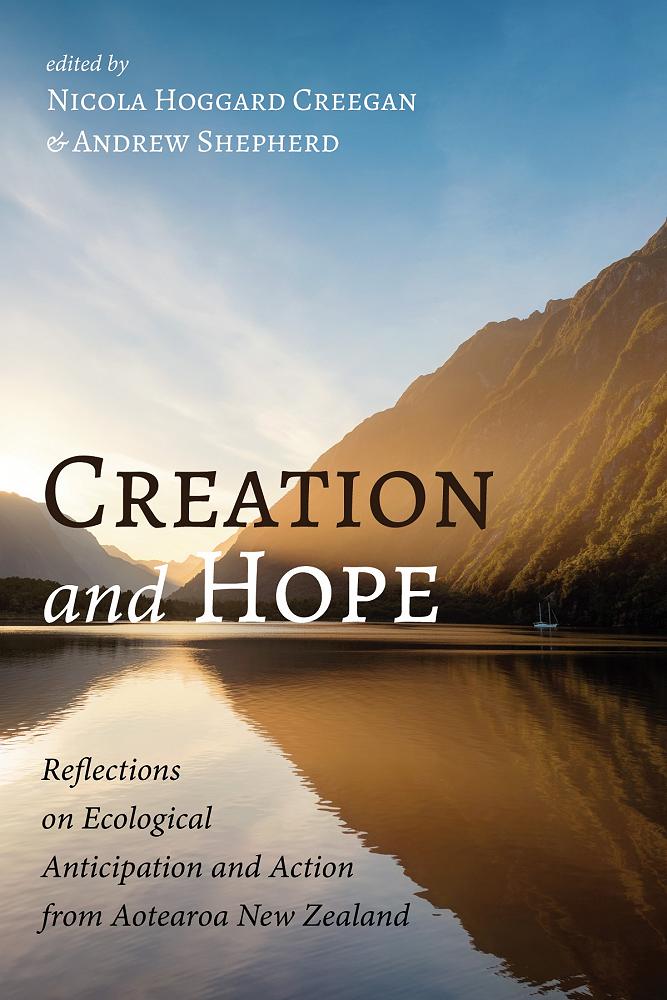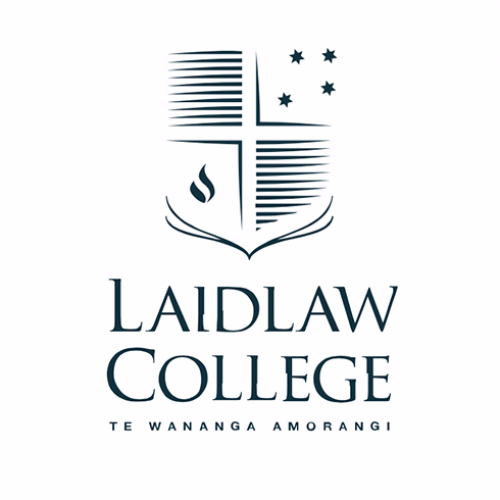
Book Review: Creation and Hope: Reflections on Ecological Anticipation and Action from Aotearoa New Zealand
Nicola Hoggard Creegan and Andrew Shepherd (Editors)
In this remarkable volume, Creation and Hope, editors Nicola Hoggard Creegan and Andrew Shepherd, in conjunction with a variety of authors, explore the nature of Christian hope in the context of ecological crisis. Consisting of fourteen succinct chapters, this book represents an impressive collection of works from a wide range of perspectives, each of which creatively responds to the question asking “how, in the light of grim ecological indicators and statistics does hope motivate, sustain, and shape the nature of Christian life in an ecological age?” (3)
The editors explain that this volume grew out of a day-long conference, “Ecology & Hope,” held at Carey Baptist College in Auckland, New Zealand in January 2016. At the time, Pope Francis had recently released his encyclical concerning the ecological crisis, Laudato si’ (June 2016), and delegates at the United Nations Climate Change Conference (COP21) in Paris had negotiated a global agreement on the reduction of climate change (December 2015). While the chapters are clearly mindful of these (and other) global developments, they are noticeably grounded in the particular, responding to specific local challenges in the context of Aotearoa New Zealand.
The conference keynote address came from Professor Celia Deane-Drummond whose ground-breaking research explores the relationship between theology and the natural sciences. Deane-Drummond sets the tone in the opening chapter of this volume as she explores the “myriad of entangled agents in the process of human becoming” and the nuanced implications of this on human anthropology and ethical action (18). Indeed, the notion of entanglement and the interdependence of all species is woven as a thread throughout this book. Hoggard-Creegan, for example, describes “our [human] radical embeddedness and dependence on nature,” (35) a relationship that is “spiritual, biological, earthy, social, historical, conscious and unconscious” (213). Similarly, Yael Klangwisan’s brilliant chapter encourages readers to see other-than-human creatures and, in doing so, recognise our own animality. Kathleen Rushton, on the other hand, describes the dependence of the human species on water and extends the image of humans as “earthlings from earth” (Gen 2:7) to powerfully depict humans as “waterlings from water” (96). But it is not only humanity that appears here as profoundly embedded in the material realm. Hoggard Creegan speaks of God’s radical ongoing embeddedness in the Incarnation (35), while Shepherd’s fascinating pneumatological reflection conceives the Spirit in avian terms, exploring God’s simultaneous transcendence and presence within creation.
Time and again in these chapters, hope is described as being related to these notions of entanglement and embeddedness, for this re-conception of relationship has far-reaching implications for both Christian theology and practical ethical action in the world. Challenging traditional, anthropocentric soteriologies, Stephen Pattemore reconsiders John 3:16 and the divine love for the entire cosmos, persuasively arguing that hope is found in the cosmic nature of salvation. Selwyn Yeoman, on the other hand, suggests that hope-filled ethical action is related to rediscovering the biblical concepts of Sabbath and Jubilee, which encourage rest, restraint, and restoration. While some readers might take issue with the seemingly anthropocentric orientation of the chapters offered by Philip Church and Myk Habets, these contributions are important as they wrestle with the reality of human power to impact the world (both positively and negatively). These authors find hope in humanity claiming responsibility, as “God’s trustees” (134) for Church and as “priests of creation” (186-189) for Habets and exercising our power to care for creation.
While the contributors of this work do not speak with one voice, the book is only enhanced by the multiplicity of perspectives speaking to its theme. Indeed, the great strength of this volume relates to the wonderful variety of voices weaving together the theological, scientific, phenomenological, anthropological, ecological, and biblical in order to explore notions of hope for a world in crisis. The contributions in this work offer engagement that is both critical and creative and the result is a marvellous read with insights pertaining to a wide range of academics and practitioners across various Christian disciplines.
A year on from the publication of this volume (and almost four years on from the initial “Ecology & Hope” conference) these insights are as relevant as ever. As we have seen in recent months, the increasingly alarming climate predictions emerging from the scientific community have not only resulted in a massive groundswell of protest action (like the Extinction Rebellion and School Climate Strike protest movements), but these very real visions of ultimate ecological catastrophe have also induced profound grief, guilt, disillusionment, and despair for many. The need for hope alongside action is critical at this time. This volume provides a rich and hope-filled contribution to an emerging eco-theology that is both timely and necessary. It is my sincere desire that Creation and Hope will find a wide and diverse audience and the important dialogue initiated in these chapters may continue.
Emily Colgan is Academic Dean and Lecturer in Biblical Studies atTrinity Methodist Theological College.
